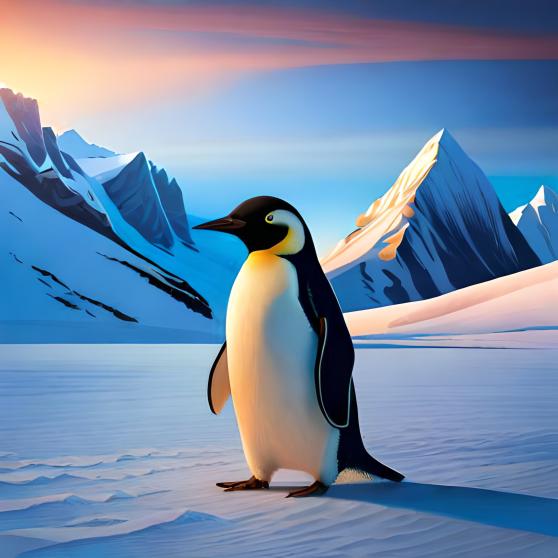Penguin Awareness Day, held annually on January 20th, is a day dedicated to celebrating and raising awareness about the fascinating world of penguins. These unique and captivating birds face numerous challenges in their natural habitats, from climate change to overfishing. By learning about penguins and supporting conservation efforts, we can contribute to their protection and ensure their future survival.
Penguin History: A Journey Through Time
The history of penguins dates back millions of years, with their ancestors evolving into the diverse species we know today:
- Ancient beginnings: Fossil records indicate that the ancestors of modern penguins existed over 60 million years ago, with some species evolving into the flightless birds we see today.
- Adaptation: Over time, penguins have adapted to their harsh environments, developing unique characteristics such as waterproof feathers, strong flippers for swimming, and specialized glands to filter salt from seawater.
Penguin Diversity: A World of Species
There are 18 recognized species of penguins, each with its own distinctive features and habitat:
- Emperor Penguin: The largest of all penguin species, Emperor Penguins live in Antarctica and are known for their impressive parenting skills and endurance in extreme cold.
- African Penguin: Found on the southern coast of Africa, these penguins are also known as “jackass penguins” due to their donkey-like braying calls.
- Galápagos Penguin: The only penguin species found north of the equator, Galápagos Penguins inhabit the Galápagos Islands and are considered endangered due to their small population.
How to Celebrate Penguin Awareness Day
Here are some ideas on how to celebrate Penguin Awareness Day and contribute to penguin conservation:
- Learn about penguins: Research different penguin species, their habitats, and the unique challenges they face in the wild.
- Visit a local zoo or aquarium: Many zoos and aquariums have penguin exhibits and may offer special events or educational programs on Penguin Awareness Day.
- Support penguin conservation: Donate to organizations dedicated to penguin research and conservation, such as the Global Penguin Society or the Antarctic and Southern Ocean Coalition.
- Spread the word: Share information about penguins and Penguin Awareness Day on social media to raise awareness among your friends and family.
Frequently Asked Questions about Penguins
1. How many species of penguins are there? There are 18 recognized species of penguins, each with its own unique characteristics and habitat.
2. Where do penguins live? Penguins are primarily found in the Southern Hemisphere, with species living in Antarctica, Africa, South America, and the Galápagos Islands. One species, the Galápagos Penguin, is found north of the equator.
3. What are the biggest threats to penguins? Penguins face numerous threats, including climate change, habitat loss, overfishing, and pollution. Conservation efforts are crucial to ensuring the survival of these unique birds.
4. Can penguins fly? Penguins are flightless birds, having evolved strong flippers for swimming instead of wings for flying.
5. What do penguins eat? Penguins primarily feed on fish, krill, and squid, depending on the species and their habitat.

